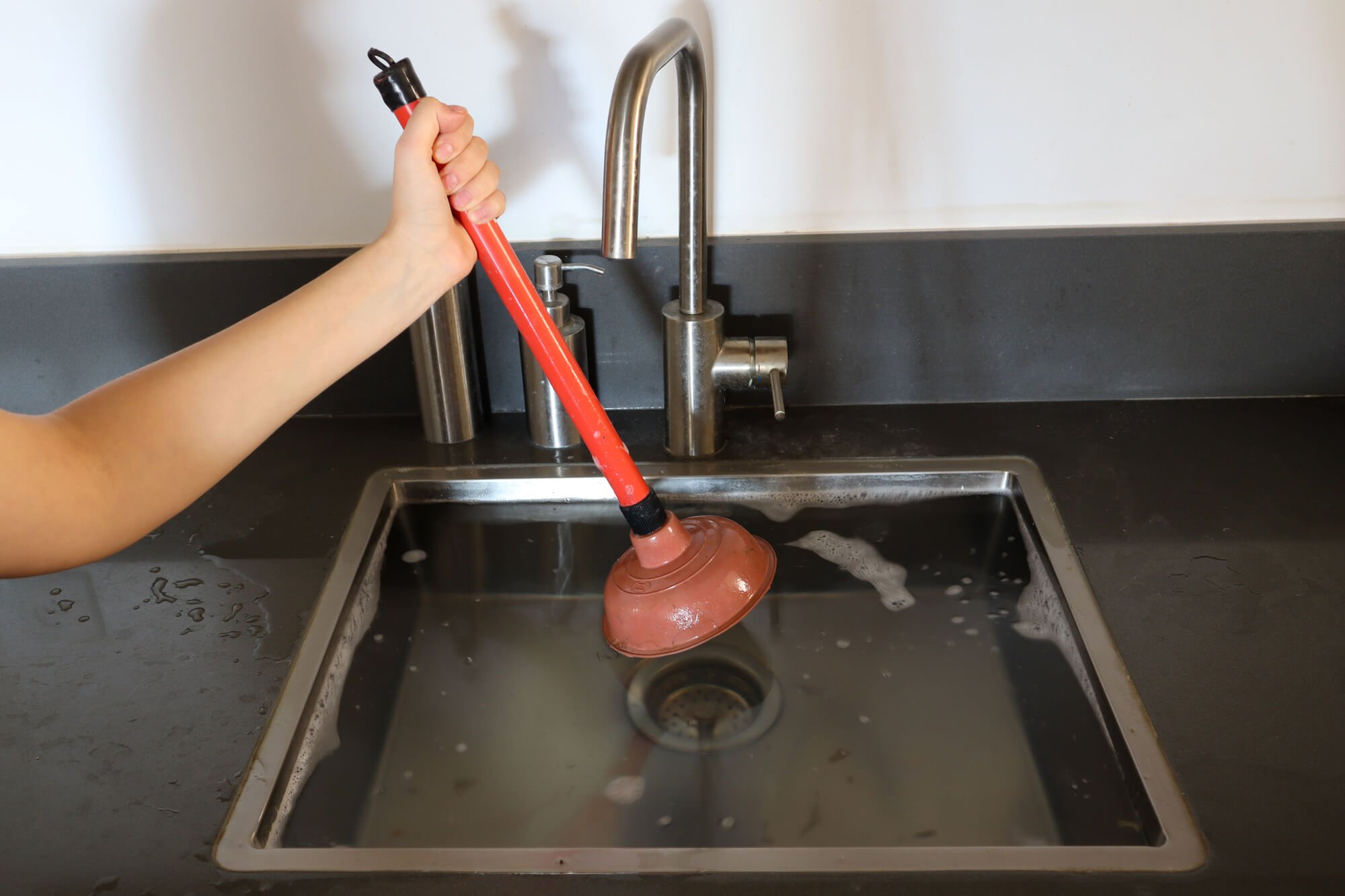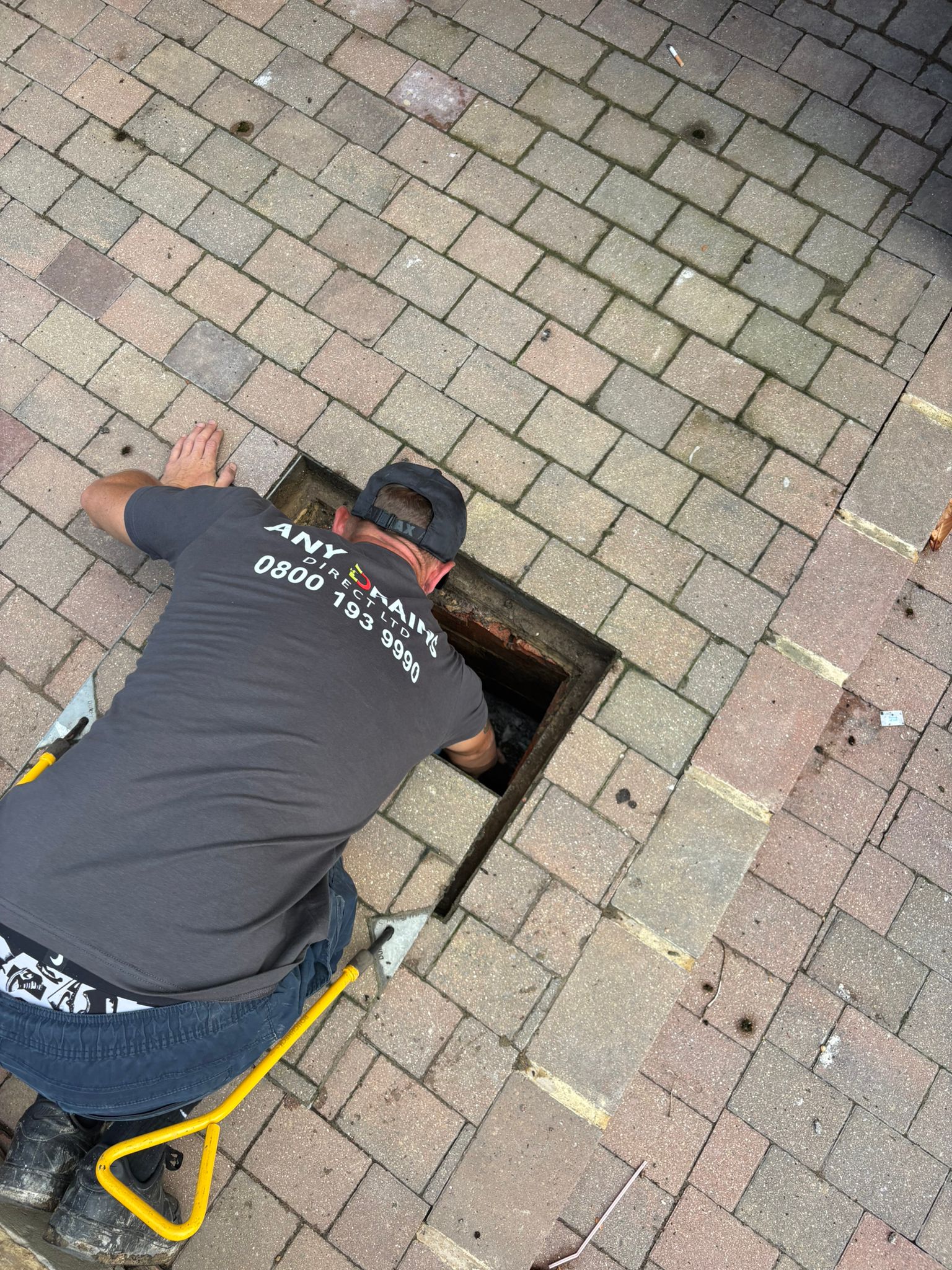Tips for Dealing with a Blocked Drain Before Seeking Expert Assistance
Tips for Dealing with a Blocked Drain Before Seeking Expert Assistance
Blog Article
Presented here in the next paragraphs you can find more extremely good tips with regards to What I learned from trying to deal with a clogged drain.

Introduction
Taking care of a blocked drain can be a discouraging experience, interrupting daily tasks and potentially triggering damage to your residential property. Nevertheless, before connecting to plumbing professionals, there are actions you can take to resolve the problem on your own. In this overview, we'll explore do it yourself solutions and safety nets to tackle an obstructed drain properly.
Identifying the Issue
The first step in addressing an obstructed drainpipe is recognizing the indicators. Sluggish drain, gurgling audios, foul odors originating from drains, or water support up are common indications of a blocked drain. Recognizing these indicators early can assist prevent even more issues.
Common Reasons For Blocked Drainpipes
Comprehending the elements that add to drain pipes obstructions is essential for efficient resolution. Typical wrongdoers include hair, soap residue, oil, food particles, and international objects like hygienic products or paper towels. Tree roots getting into underground pipelines can additionally cause considerable obstructions.
Do it yourself Solutions
For minor clogs, a number of do it yourself remedies can be efficient. Pouring boiling thin down the drain can aid liquify grease and particles. Baking soda and vinegar or a mixture of salt and baking soft drink can serve as all-natural cleaners. Making use of a plunger or plumbing snake to remove obstructions is an additional alternative.
Tools and Equipment
Having the right devices accessible can make do it yourself drain cleaning extra reliable. A bettor is a functional device for getting rid of obstructions in sinks, commodes, and showers. A pipes snake or auger can get to much deeper blockages, while drainpipe cleansing chemicals can be utilized meticulously for stubborn blockages.
Safety nets
To stay clear of future clogs, adopting safety nets is essential. Install drain guards or filters to capture hair and particles prior to they get in the pipelines. On a regular basis flush drains with hot water to dissolve oil buildup, and avoid throwing away oil or strong waste down the tubes.
When to Call an Expert
While DIY services can deal with minor clogs, particular indications show the need for professional support. Relentless obstructions, foul odors in spite of cleaning initiatives, or several drains pipes backing up all at once are red flags that warrant professional treatment.
Selecting the Right Pipes Solution
When picking a pipes solution, consider elements such as experience, licensing, and consumer testimonials. Pick a respectable plumbing technician with a record of high quality handiwork and transparent rates practices.
Expense Considerations
The cost of professional drainpipe cleaning services can vary depending upon the severity of the clog and the plumbing technician's rates. Demand quotes from several service providers and ask about any type of additional charges to make certain transparency and stay clear of surprises.
Security Precautions
When trying DIY drainpipe cleaning, focus on safety and security. Wear safety handwear covers and eyewear to prevent contact with unsafe chemicals or microorganisms. Never mix different drainpipe cleansing items, as this can produce dangerous fumes.
Situation Researches
Real-life instances highlight the efficiency of do it yourself remedies and the importance of timely professional intervention in dealing with drain blockages.
Conclusion
By following the pointers outlined in this overview, you can successfully tackle obstructed drains and stop future plumbing problems. Whether opting for DIY remedies or seeking expert aid, prompt activity is vital to maintaining a healthy plumbing system and protecting the honesty of your home.
How to Clear a Clogged Drain Yourself (And When to Call In the Professionals)
What Can Clog a Drain
Dirt Skin flakes Hair Grease Soap scum Food Offset pipes Tree roots Small objects Mineral buildup DIY Tricks to Unclog a Drain
You can fix this! Once you have identified the source of the clog (or have a vague idea), you can try one or a combination of these fixes in order to clear your plumbing.
Wire Hanger or Snake
Untangle and clear out hair from a drainpipe with a homemade snake. Use a straightened-out wire hanger with a 90-degree angle hook to locate the clog and drag out any unwanted material.
Remember not to push the clog further down to where the wire hanger cannot reach! If you need to follow up with a plunger, give it a try. Your efforts might be more successful after it’s been wire-snaked.
If you want to get fancy and don’t have a wire hanger to spare, head to the store and pick up a hand-operated drain snake. You can get one for $10-$30. It may save you the hassle, and provide additional length to reach deep into the clogged pipe.
Plunger
A cup plunger has a suction cup attached to a wooden handle. The rubber creates a seal around the drain, and increases the pressure force of the plunger.
Plunge for 30-second increments to loosen the clog. This may need to be repeated over the course of 15-20 minutes. Once plunged, run the water to flush the remaining material out of the drain.
Remember– never use a plunger if you have used a chemical drain cleaner. These chemicals can splash up from the force of the plunger and cause serious injury or burns.
Boiling Water
Hot water can sometimes break up materials into a flushable amount. Dirt, grease, and soap buildup requires heat in order to unstick from surfaces.
Take your kitchen kettle and heat your water to a boil. Once it reaches a rolling boil, pour it directly down the drain into the blockage. Carefully follow with plunging, if necessary.
Don’t worry if this takes more than one try! It can often take multiple kettles and repeated plunging in order to clear a particularly stubborn clog.
Chemical Drain Cleaner
As a last resort, pick up a bottle of chemical drain cleaner. Drain-cleaning chemicals are potent, and not very good for the environment.
You may need to wear protective eyewear in gloves before handling your bottle of chemical drain cleaner. Follow the instructions printed on the bottle, and flush with water as soon as the instructions allow. Do not follow with plunging.
Baking Soda and Vinegar
As a safer alternative to chemical drain cleaner, baking soda and vinegar can create a chemical reaction that clears tough clogs.
Combine one cup of cleaning vinegar with one cup of boiling water, and set aside. Once you have done this, pour half a cup of baking soda down the drain. Give the baking thirty seconds to settle and cover a large portion of the problem drain.
Following the baking soda, pour down your vinegar and hot water solution. Once the vinegar and baking soda combine, the mixture will bubble and fix. Let this reaction fizzle in the drain for about an hour.
After an hour, follow with a kettle’s worth of hot water. The heat and liquid should flush out any remaining material.
When to Call a Plumber
If your DIY attempts haven’t cleared your clog drain, it’s time to call in a professional. It’s not worth losing access to your kitchen sink or high-traffic bathroom. A clog in a vital area can keep you from the things you’d rather be doing, and derail your routine.
Anytime a clog is causing water to spread is a time to call in a plumbing service. What starts out as a little bit of water can quickly grow into serious, expensive water damage.
Additionally, a serious clog can result in burst pipes or serious leaks. Make sure you know when to take it seriously!
https://myguysnow.com/how-to-clear-a-clogged-drain-yourself-and-when-to-call-in-the-professionals/

We had been shown that write-up on How to handle a clogged drain in your home from an acquaintance on another web page. Are you aware of another individual who is serious about the niche? Why not share it. I cherish your readership.
Click Here Report this page